Nakajima E2N (1927)
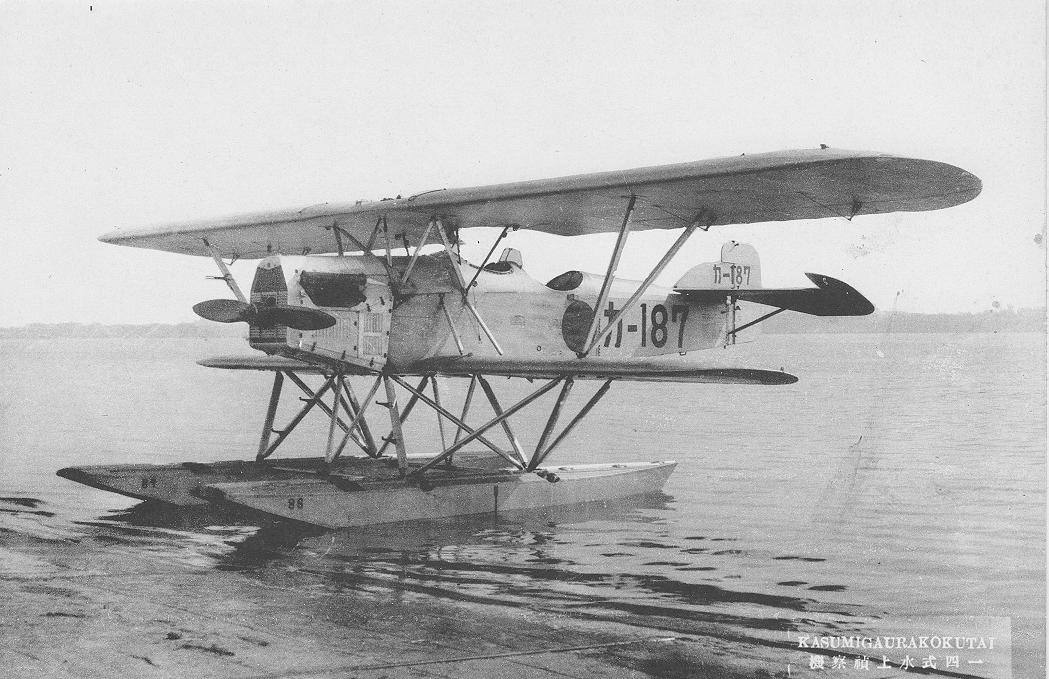
Nakajima E2N from the seaplane training squadron, Kasumigaura Kokutai, 1930s.
Development of the Nakajima E2N
The IJN (Imperial Japanese Navy) looked like a suitable ship-based reconnaissance and spotter aircraft since seeing the first British experimentations in 1918, but many believed the catapult, then still in development, was a more viable method than small wooden take-off platforms on top of turrets, notably due to the increasing weight of airplanes and due to the Pacific's wide expanses being more adapted to floatplane than land-based models, more at eas in restrctive waters for obvious reasons.Before catapults, Japanese alrady successfully deployed Farman MF.11 1914 Ship-based light bomber floatplanes from IJN Wakamiya during the siege of Tsingtau. Many models were tested, notably both Aichi and the Yokosuka Naval Arsenal, a state manufacturer owned by the IJN, already tested models derived from the German WWI hansa-brandenburg, before deciding on biplanes instead.
Indeed right after World War I, the Imperial Japanese Navy still imported Hansa Float Reconnaissance Seaplanes as standard seaborne spotted but by 1923 (Taisho 13), the Navy ordered the Yokosuka Naval Arsenal and Aichi as well as Nakajima to develop a new float reconnaissance seaplane to replace the Hansa. Its purpose was to be a carrier-based close-range reconnaissance aircraft capable of being launched from the catapults of battleships and cruisers.
In between, the very first model seeing production was not catapulted. It was the Yokosuka E1Y, answering this 1923 request. It was designed by a former member of the Short Brothers sent in Japan and single-engined, two-bay, two-seat, powered by a 400 hp (298 kW) Lorraine-Dietrich engine. The model A which flown in 1923 showed poor performances as being overweight, and it was succeeded by the Model B which flew the next year with a lot of cweight-cutting measures, and was successful. It was accepted in January 1926 as the Type 14 Reconnaissance Seaplane (short E1Y) but was a general purpose observation floatplane, not a catapult-launched model.
As work progresses on catapults, so was the need for a dedicated model. Yokosuka Arsenal developed an all-metal Yokosuka Tatsu-go prototype, but it was rejected. Aichi developed the Type 15-A Model (Mi-go Seaplane) as well as Nakajima the Type 15-Otsu. So as the E1Y entereded service the IJN staffed foubled down on catapulted seaplane. They were scheduled to be deployed on the 1918 and 1919 light cruiser programmes as well as the 1924 IJN heavy cruisers of the Aoba class and their successors, the Furutaka.
The Type 15 Float Reconnaissance Seaplane (Ichigo Shiki Suijo Teisatsuki) thus was designed as a float reconnaissance seaplane, with tenders met by Nakajima and others, the latter co-winning wit Aichi a contract for a prototype: The Type 15 Otsu Float Reconnaissance Seaplane. At the time Nakajima was led by engineer Takao Yoshida, which developed a new single-wing design with a wide downward field of view unlike the Hansa and its poor visibility. The prototype was completed in 1924.
After review, Nakajima's aircraft was selected for adoption, as its downward field of view and flight performance were significantly superior to those of other aircraft. It was pitted also in comparative tests against the rival Type 15 Kou Float Reconnaissance Seaplane from Aichi Tokei Denki Aircraft Division. The first won its acceptance trials and was adopted in 1927. After further strengthening to withstand catapult launches and modifications to the tail, it was officially adopted in May 1927 as the first model for carrier-based catapult use, officially the "Type 15 Seaplane Reconnaissance Plane", abbeviated E2N.
About the Type 15A seaplane
With engineer Tetsuo Miki as chief designer, Aichi developed a low-wing monoplane that could be considered a modernized version of the Hansa type, completing a prototype in 1924. Although ambitious attempts were made, such as adopting a unique structure for the main wings and float struts, the prototype was unstable, and despite several modifications, including changing the center of gravity, none of the improvements were adopted, and only four prototypes were produced.Design of the Nakajima E2N
 The E2N was a classic single bay two-seat biplane with floats, built in wood and metal framing for the fuseage, wrapped in canvas, plus wood and canvas for the wings, apart for the frame core. Unlike the E1Y it was designed to be catapult-launched and thus, strongly built, plus it had folding wings. Only the nose was full-metal. Measures and specs below. It was almost 2 tons were fully loaded. The two floats were divided by bulkheads and could contain gasoline.
The E2N was a classic single bay two-seat biplane with floats, built in wood and metal framing for the fuseage, wrapped in canvas, plus wood and canvas for the wings, apart for the frame core. Unlike the E1Y it was designed to be catapult-launched and thus, strongly built, plus it had folding wings. Only the nose was full-metal. Measures and specs below. It was almost 2 tons were fully loaded. The two floats were divided by bulkheads and could contain gasoline.
The E2N was powered by a Mitsubishi Type Hi V-8 water-cooled piston engine rated for 220 and tup to 250 kW (300–340 hp), mated to a 2-bladed fixed-pitch wooden propeller. It could reach 172 km/h (107 mph, 93 kn) at sea level, with an endurance of 5 hours (range unknown, circa 800 nm) but it was not lightning fast, with a climb time to 3,000 m (9,800 ft) for an anemic 31 minutes 37 seconds. It had a crew of two with a pilot and MG-gunner/observer further aft manning a flexible 7.7 mm (.303 in) machine gun.
| Length: | 9.565 m (31 ft 5 in) |
| Wingspan: | 13.52 m (44 ft 4 in) |
| Height: | 3.688 m (12 ft 1 in) |
| Wing area: | 44 m2 (470 sq ft) |
| Empty weight: | 1,409 kg (3,106 lb) |
| Gross weight: | 1,950 kg (4,299 lb) |
| Powerplant: | Mitsubishi Type Hi V-8 water-cooled piston engine, 220–250 kW (300–340 hp) |
| Propeller: | 2-bladed fixed-pitch wooden propeller |
| Maximum speed: | 172 km/h (107 mph, 93 kn) |
| Endurance: | 5 hours |
| Time to altitude: | 3,000 m (9,800 ft) in 31 minutes 37 seconds |
| Wing loading: | 44.3 kg/m2 (9.1 lb/sq ft) |
| Power/mass: | 0.12 kW/kg (0.07 hp/lb) |
| Guns: | 1 × flexible 7.7 mm (.303 in) machine gun |
| Crew | 2: Pilot, Observer |
Variants
There was the standard Type 15 Float Reconnaissance Seaplane Model 1 (E2N1) and the Type 15 Float Reconnaissance Seaplane Model 2 (E2N2), the latter having dual controls and used as seaplane intermediate trainer. Another unique variant was the Nakajima Fishing Seaplane, a three-seater aircraft for civilian fishing surveys. Two aircraft, the No. 8 Giyuu and No. 9 Giyuu, were manufactured. Even though production was limited, it was split between Nakajima and Kawanishi. Nakajima produced the E2N1 in 1927-28 plus the E2N2 in 1928-29. 47 aircraft plus two or three civilian vairants built in 1930 for fishery patrol. Kawanishi took over production for a last batch in 1929-30 of 30, for a grand total of 77+2-3.- E2N1 (Type 15-1 Reconnaissance Seaplane) Short-range standard.
- E2N2 (Type 15-2 Reconnaissance Seaplane) Trainer version, dual controls.
Operational career of the Nakajima E2N
There are little records on the use of the E2N, apart its deployments on all units of the fleet as a dual role of reconnaissance and artillery spotting model: Namely on the four Kongo class battlecruisers, Fuso, Ise and Nagato class battleships (six of the latter), all the light cruisers of the Kuma, Nagara and Sendai class, the Aoba and Furutaka class heavy cruisers (4 ships) plus the four Myoko class, albeit already at this stage, replacement was on its way. Some sources says it was also deployed on the Takao class, but the latter were given E4N2 model instead.It served as a carrier-based aircraft until early 1935, after which it was used as an intermediate trainer. Approximately 80 were produced, with Kawanishi Aircraft producing another 10 or so for civilian use, such as for mail flights. The Nakajima E2N is nevertheless significant. It was the first Japanese reconnaissance aircraft to be catapult launched and last all-wooden frontline aircraft of the Japanese Navy. Its successor was the Nakajima Type 90 (E4N).
Gallery

E2N deployed on the cruiser IJN Aoba at completion.


Read more
Links
historyofwar.orgen.wikipedia.org
ja.wikipedia.org
aviastar.org
avionslegendaires.net
j-aircraft.com
"E2N", Разведчик фирмы Nakajima
elpoderdelasgalaxias.wordpress.com
valka.cz
Video
Footage on facebook3D and model kits
Navy Type 15 Recconnaissance Seaplane E2N1. Choroszy Modelbud | No. B56 | 1:72- Lohner E (1913)
- Macchi M3 (1916)
- Macchi M5 (1918)
- Ansaldo ISVA (1918)
- Sopwith Baby (1916)
- Short 184 (1916)
- Fairey Campania (1917)
- Sopwith Cuckoo (1917)
- Felixstowe F.2 (1917)
- Friedrichshafen FF 33 (1916)
- Albatros W4 (1916)
- Albatros W8 (1918)
- Hanriot HD.2
- Grigorovitch M5
- IJN Farman MF.7
- IJN Yokosho Type Mo
- Yokosho Rogou Kougata (1917)
- Yokosuka Igo-Ko (1920)
- Curtiss N9 (1916)
- Aeromarine 39
- Vought VE-7
- Douglas DT (1921)
- Boeing FB.5 (1923)
- Boeing F4B (1928)
- Vought O2U/O3U Corsair (1928)
- Blackburn Blackburn (1922)
- Supermarine Seagull (1922)
- Blackburn Ripon (1926)
- Fairey IIIF (1927)
- Fairey Seal (1930)
- LGL-32 C.1 (1927)
- Caspar U1 (1921)
- Dornier Do J Wal (1922)
- Rohrbach R-III (1924)
- Mitsubishi 1MF (1923)
- Mitsubishi B1M (1923)
- Yokosuka E1Y (1923)
- Nakajima A1N (1927)
- Nakajima E2N (1927)
- Mitsubishi B2M (1927)
- Nakajima A4N (1929)
- CANT 18
WW1
✠ K.u.K. Seefliegerkorps:
 Italian Naval Aviation
Italian Naval Aviation
 RNAS
RNAS
 Marineflieger
Marineflieger
 French Naval Aviation
French Naval Aviation
 Russian Naval Aviation
Russian Naval Aviation
 IJN Air Service
IJN Air Service
 USA
USA
Interwar
 Interwar US
Interwar US
 Interwar Britain
Interwar Britain
 Interwar France
Interwar France
 Interwar Germany
Interwar Germany
 Interwar Japan
Interwar Japan
 Interwar Italy
Interwar Italy
- Curtiss SOC seagull (1934)
- Grumman FF (1931)
- Curtiss F11C Goshawk (1932)
- Grumman F2F (1933)
- Grumman F3F (1935)
- Northrop BT-1 (1935)
- Grumman J2F Duck (1936)
- Consolidated PBY Catalina (1935)
- Brewster/NAF SBN-1 (1936)
- Curtiss SBC Helldiver (1936)
- Vought SB2U Vindicator (1936)
- Brewster F2A Buffalo (1937)
- Douglas TBD Devastator (1937)
- Vought Kingfisher (1938)
- Curtiss SO3C Seamew (1939)
- Douglas SBD Dauntless (1939)
- Grumman F4F Wildcat (1940)
- F4U Corsair (NE) (1940)
- Brewster SB2A Buccaneer (1941)
- Grumman TBF/TBM Avenger (1941)
- Consolidated TBY Sea Wolf (1941)
- Grumman F6F Hellcat (1942)
- Curtiss SB2C Helldiver (1942)
- Curtiss SC Seahawk (1944)
- Grumman F8F Bearcat (1944)
- Ryan FR-1 Fireball (1944)
- Douglas AD-1 Skyraider (1945)
Fleet Air Arm
- Fairey Swordfish (1934)
- Blackburn Shark (1934)
- Supermarine Walrus (1936)
- Fairey Seafox (1936)
- Blackburn Skua (1937)
- Short Sunderland (1937)
- Blackburn Roc (1938)
- Fairey Albacore (1940)
- Fairey Fulmar (1940)
- Grumman Martlet (1941)
- Hawker sea Hurricane (1941)
- Brewster Bermuda (1942)
- Fairey Barracuda (1943)
- Fairey Firefly (1943)
- Grumman Tarpon (1943)
- Grumman Gannet (1943)
- Supermarine seafire (1943)
- Blackburn Firebrand (1944)
- Hawker Sea Fury (1944)
IJN aviation
- Aichi D1A "Susie" (1934)
- Mitsubishi A5M "Claude" (1935)
- Nakajima A4N (1935)
- Yokosuka B4Y "Jean" (1935)
- Mitsubishi G3M "Nell" (1935)
- Nakajima E8N "Dave" (1935)
- Kawanishi E7K "Alf" (1935)
- Nakajima B5N "Kate" (1937)
- Kawanishi H6K "Mavis" (1938)
- Aichi D3A "Val" (1940)
- Mitsubishi A6M "zeke" (1940)
- Nakajima E14Y "Glen" (1941)
- Nakajima B6N "Jill" (1941)
- Mitsubishi F1M "pete" (1941)
- Aichi E13A Reisu "Jake" (1941)
- Kawanishi E15K Shiun "Norm" (1941)
- Nakajima C6N Saiun "Myrt" (1942)
- Yokosuka D4Y "Judy" (1942)
- Kyushu Q1W Tokai "Lorna" (1944)
Luftwaffe
- Arado 196 (1937)
- Me109 T (1938)
- Blohm & Voss 138 Seedrache (1940)
Italian Aviation
- Savoia-Marchetti S.55
- IMAM Ro.43/44
- CANT Z.501 Gabbiano
- CANT Z.506 Airone
- CANT Z.508
- CANT Z.511
French Aeronavale
- GL.300 (1926-39)
- Levasseur PL.5 (1927)
- Potez 452 (1935)
- Loire 210 (1936)
- Loire 130 (1937)
- LN 401 (1938)
Soviet Naval Aviation
- Shavrov SH-2 (1928)
- Tupolev TB-1P (1931)
- Beriev MBR-2 (1930)
- Tupolev MR-6 (1933)
- Tupolev MTB-1 (1934)
- Beriev Be-2 (1936)
- Polikarpov I16 naval (1936)
- Tupolev MTB-2 (1937)
- Ilyushine DB-3T/TP (1937)
- Beriev Be-4 (1940)
-
Skoda Š-328V
R-XIII Idro
Fokker C.XI W (1934)
WW2
- De Havilland Sea Vixen
- Hawker Sea Hawk
- Supermarine Scimitar
- Blackburn Buccaneer
- Hawker Sea Harrier
- Douglas A4 Skyhawk
- Grumman F9F Panther
- Vought F8 Crusader
- McDonnell-Douglas F-4 Phantom-II
- North Am. A5 Vigilante
- TU-142
- Yak 38 forger
☢ Cold War
✧ NATO
 Fleet Air Arm
Fleet Air Arm
 US Navy
US Navy
☭ Warsaw Pact
Merch

Seafire Mark 45; HMS Pretoria Castle
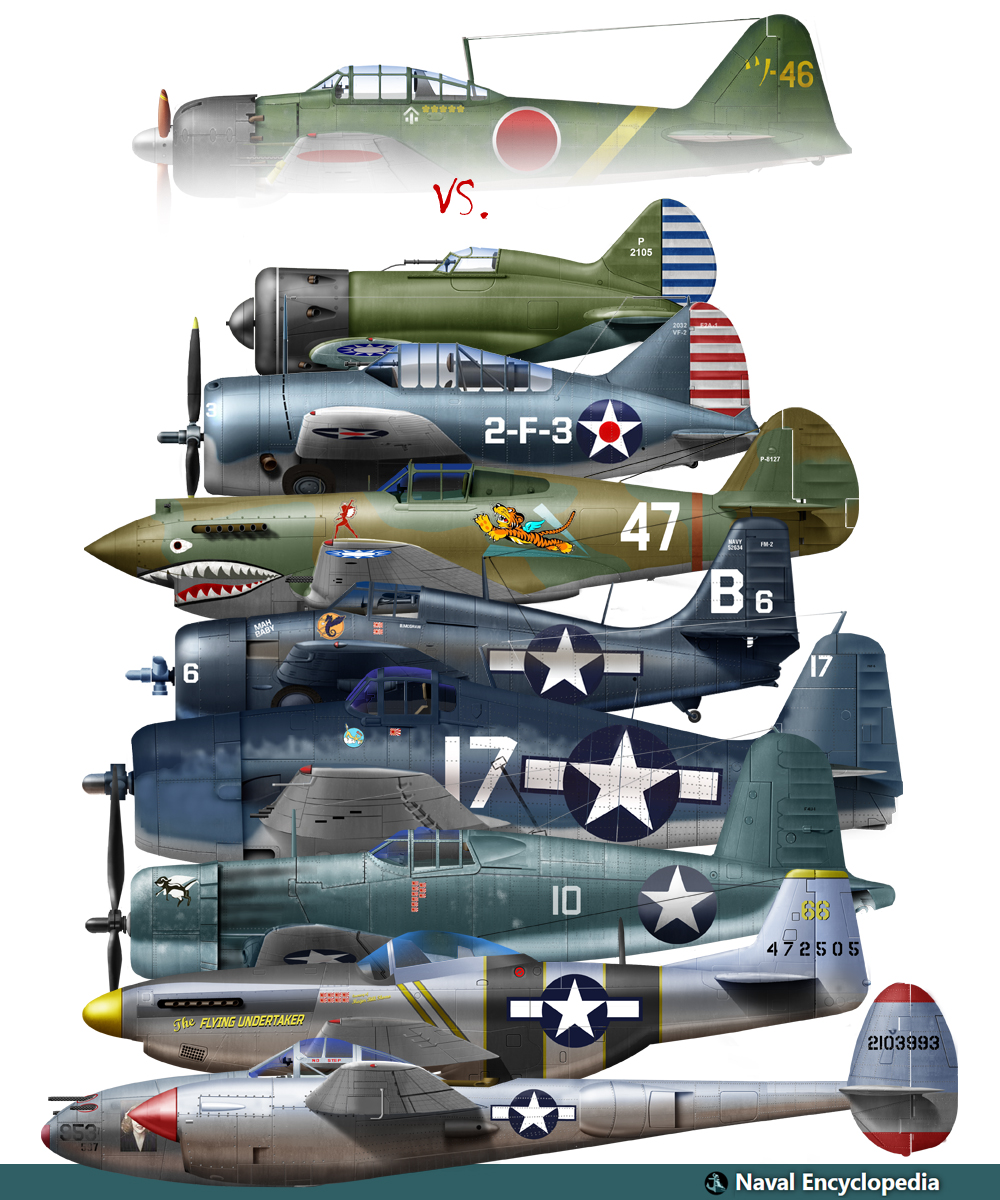
Zeros vs its aversaries
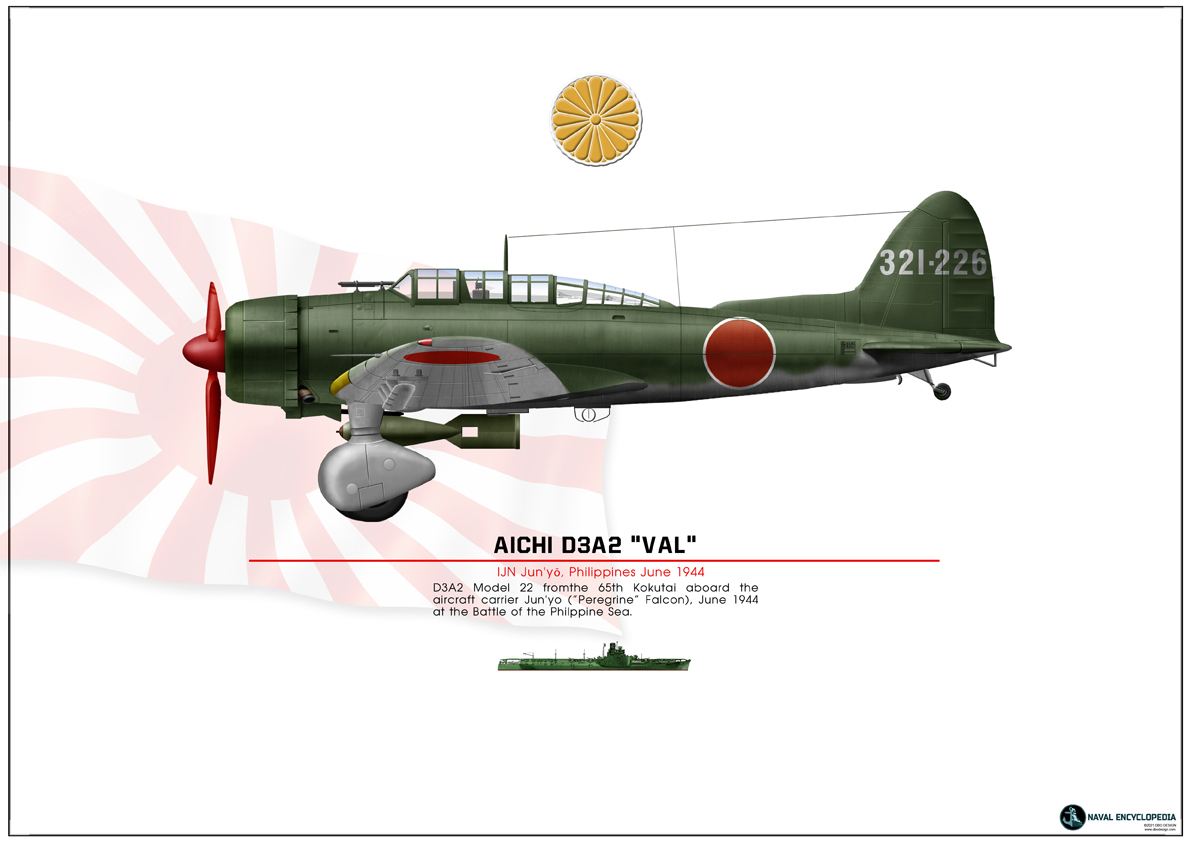
Aichi D3A “Val” Junyo
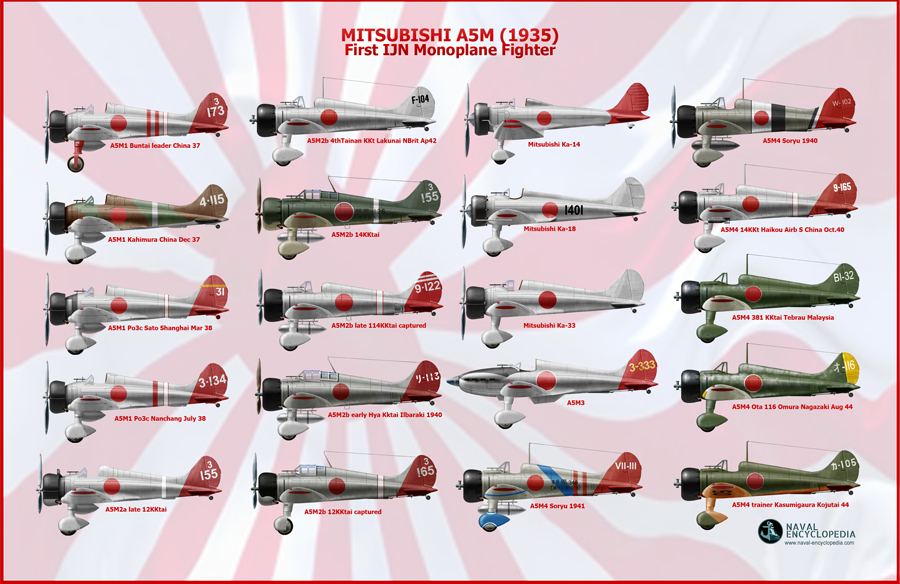
Mitsubishi A5M poster
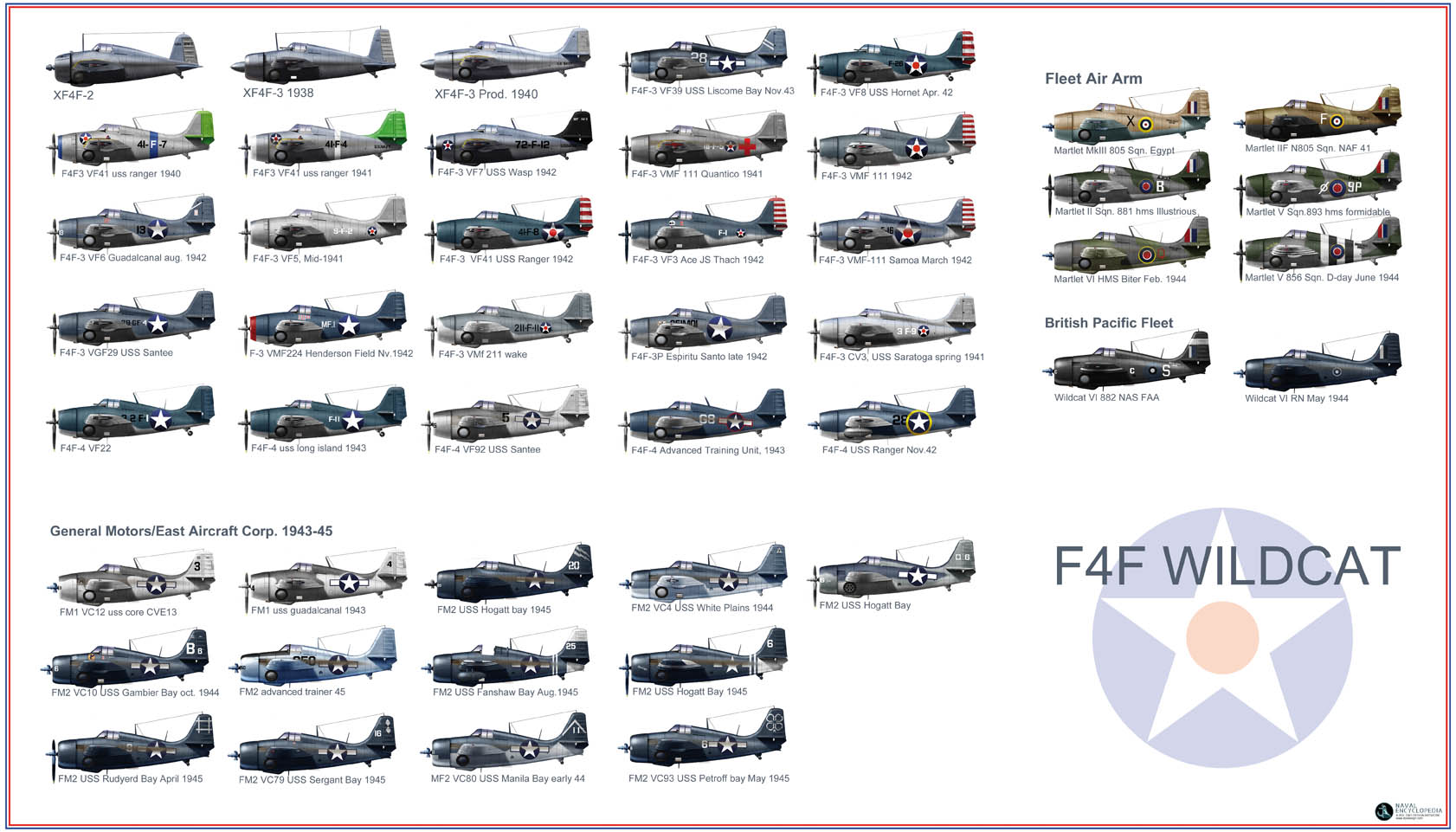
F4F wildcat
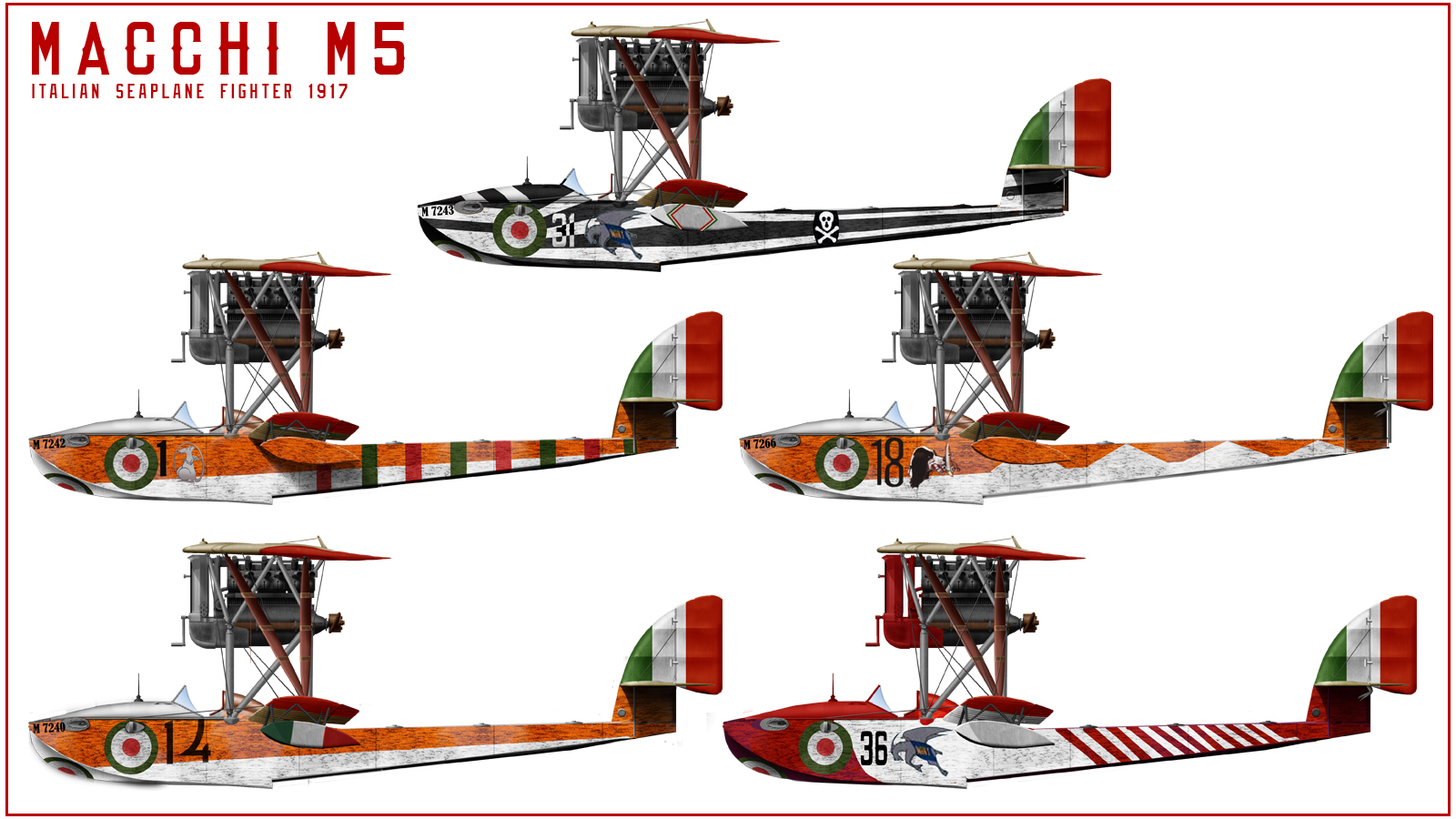
Macchi M5
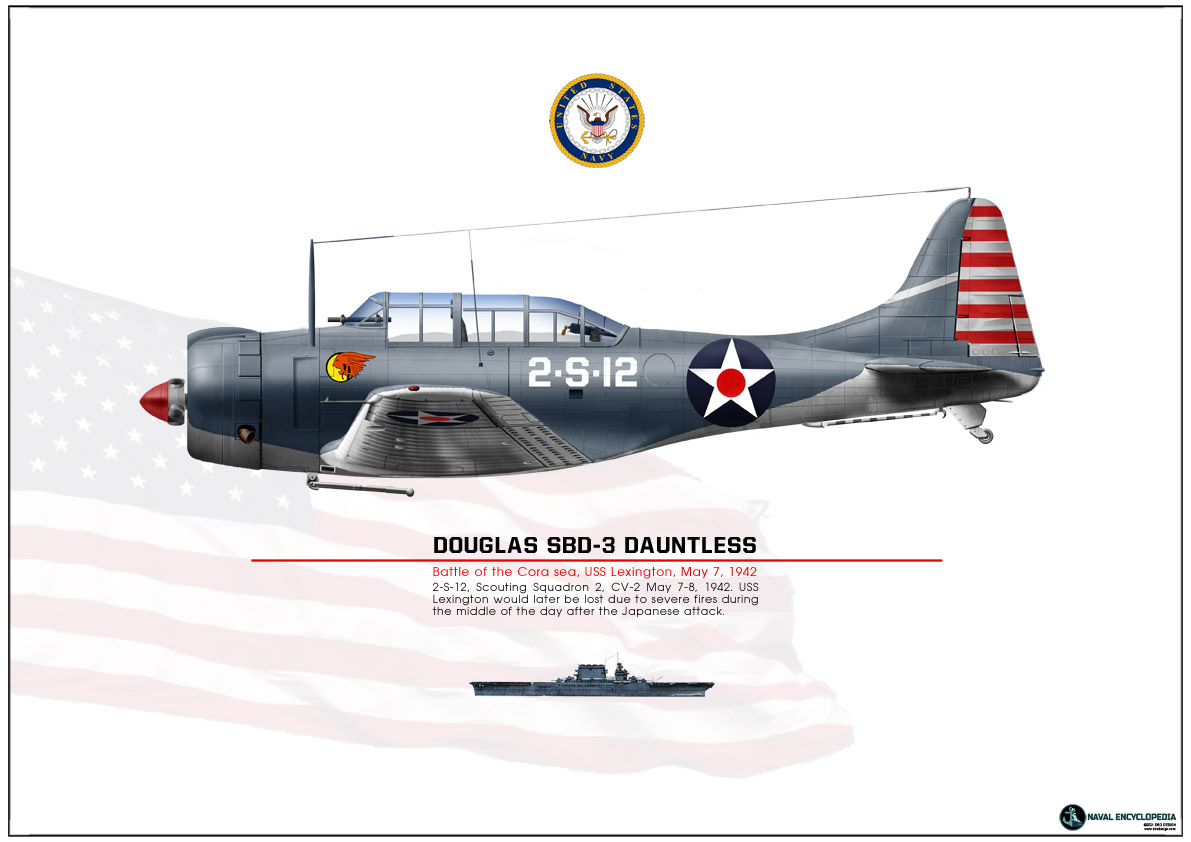
SBD Dauntless Coral Sea
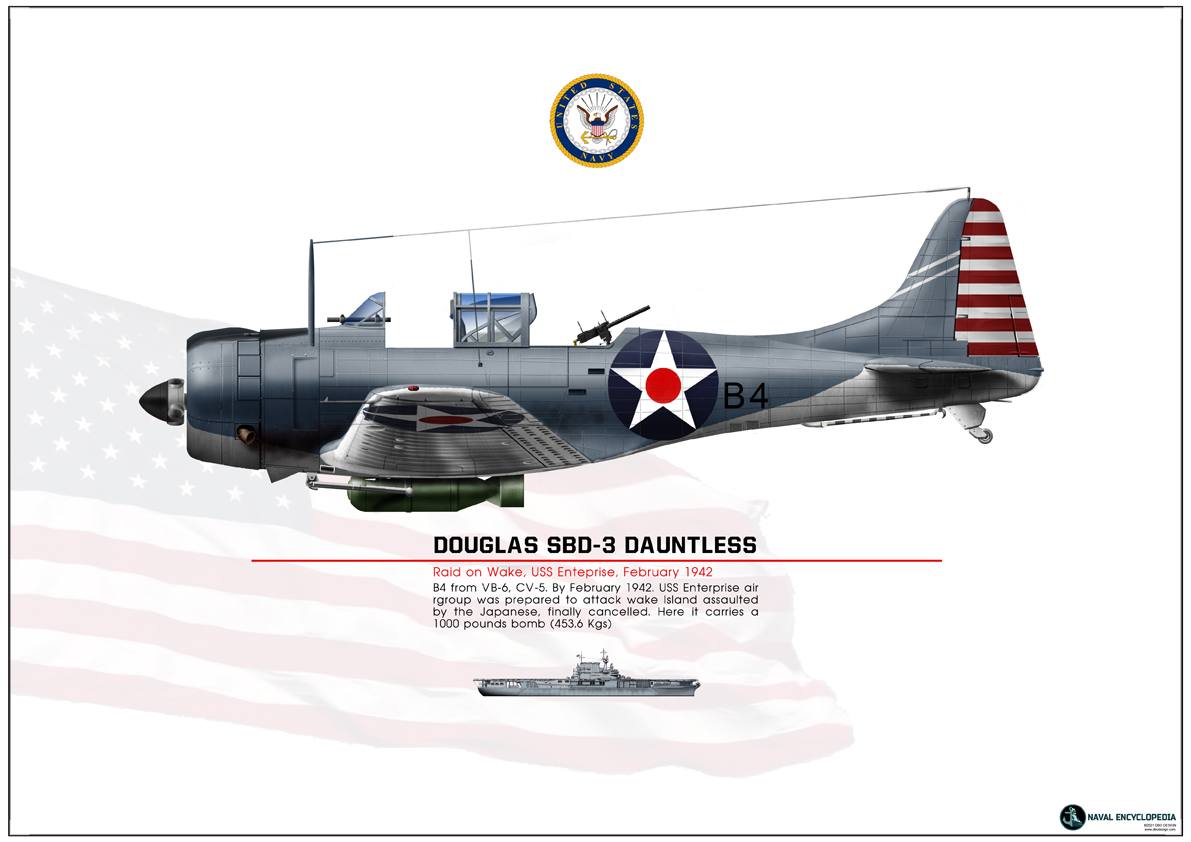
SBD Dauntless USS Enterprise
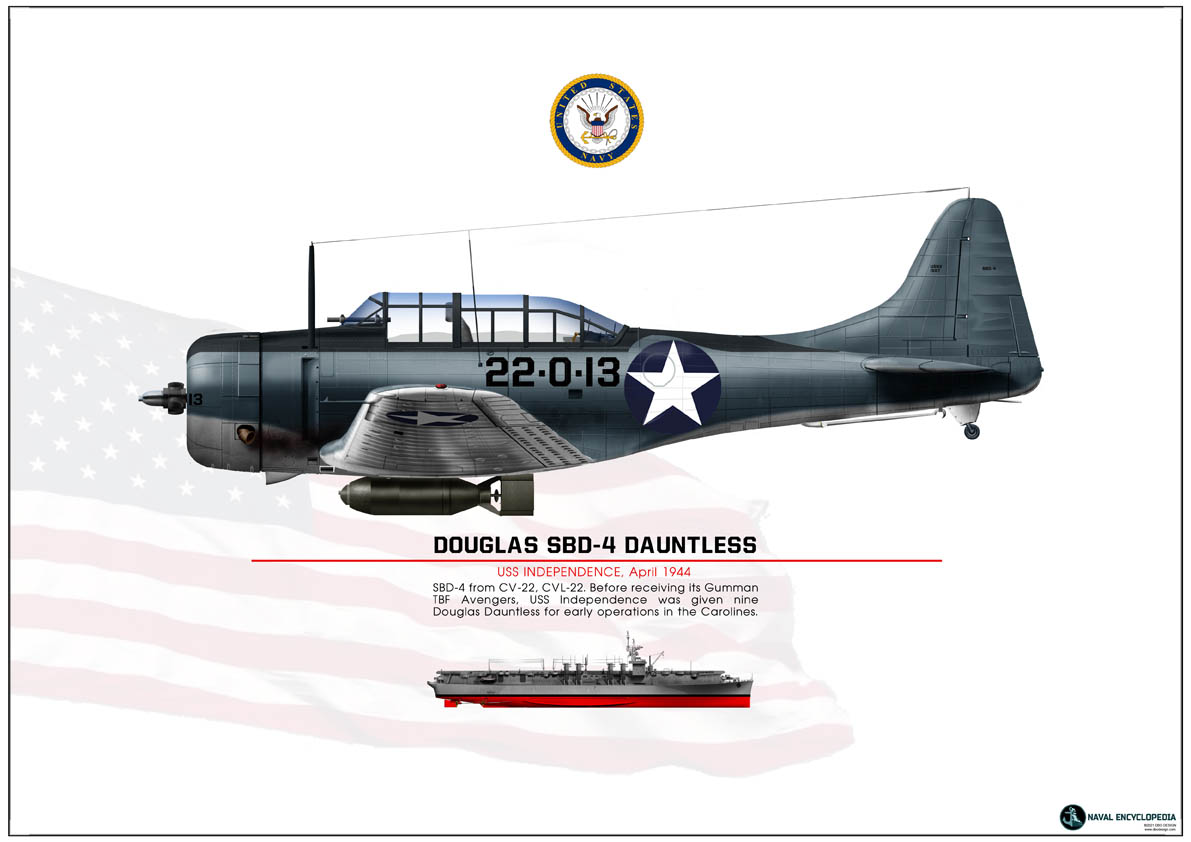
SBD-4 CV22